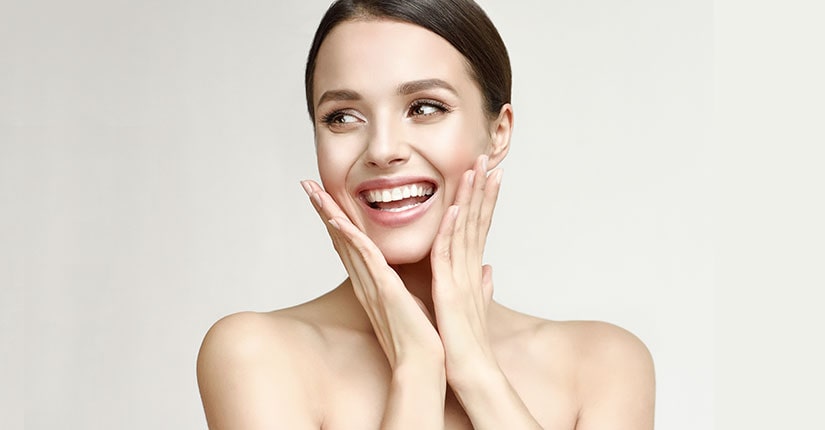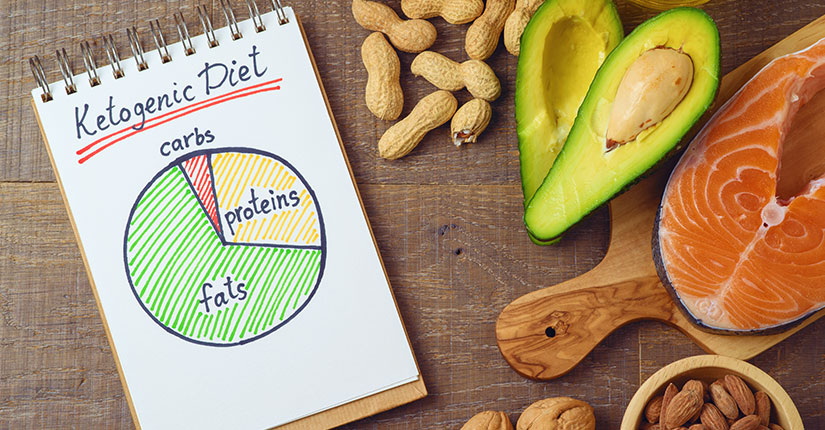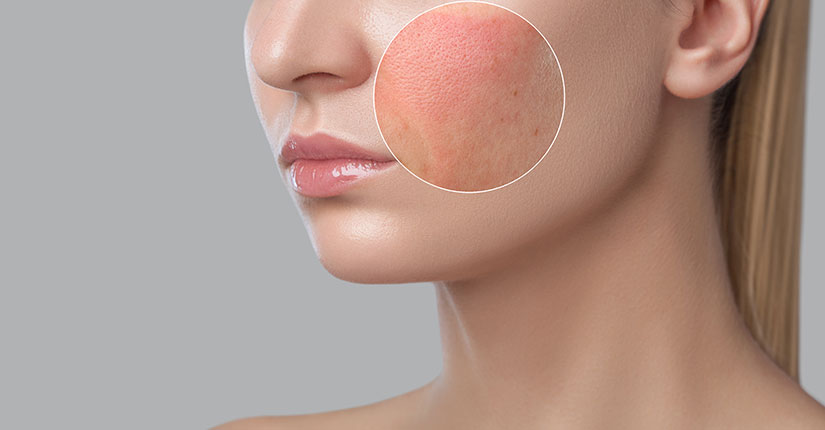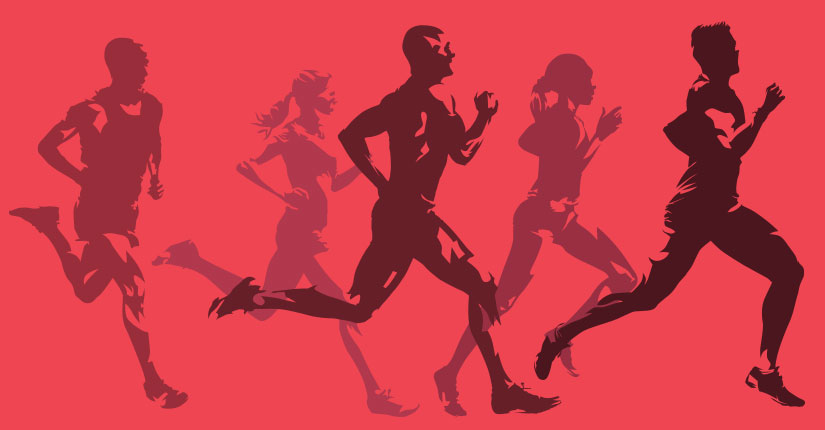Here’s How to Eat Your Iron
By Nmami Agarwal 08-Jan 2022 Reading Time: 4 Mins

Iron is an important mineral that helps in the growth and development of our body. Iron is used by the body to make haemoglobin, which carries oxygen throughout the body.
Iron is of two types- heme and non-heme. Heme iron is derived from animal sources and non-heme iron from plant sources. Don’t forget to add some vitamin C (like citrus fruits) to help the absorption of iron.
Be it heme or non-heme, it is important to have iron in our diets to maintain our haemoglobin levels and proper functioning of the body. Iron deficiency causes the heart to work harder which results in fatigue, dizziness and shortness of breath.
Here’s how to eat your iron:
- All the way Amaranth- Amaranth seeds are small, wheatish in colour and the leaves are green or purple. Both seeds and leaves are packed with iron, calcium, protein, vitamin A, B & C. The seeds can be used to make laddoos or porridge and the leaves can be made into tikkis or paranthas. You can have it as a porridge for breakfast, paranthas for lunch, tikki (air-fried) or laddoo for evening snacks and put the leaves in your rotis (chapatis) for dinner.
- Sneaky Spinach- Spinach as we all know is a good source of iron and calcium. Those green leaves can be really boring to have but one can always experiment with leaves like put them in your smoothies with banana for breakfast. Spinach cutlets sound good for evening snacks and even tasty if we add corn to them. You can even mix them with the traditional sarson ka saag to get the most out of them.
- The Sweetest Jaggery- Unlike sugar, which has empty calories; jaggery or gud is a source of a lot of minerals like iron, potassium, magnesium. It cleanses the body, aids digestion, soothes menstrual cramps and most importantly boosts our Hb levels. It is proven to be therapeutic when mixed with nuts, ghee and goond (edible gum). We can even make peanut chikkis by melting some jaggery in a kadhai and adding peanuts and sesame seeds to it.
- Beat the Bajra- this iron-rich millet is rich in iron and calcium and has proven to be good for healthy hair, muscles and heart. Apart from iron, it is loaded with insoluble fibre which helps in losing weight and reducing cholesterol. It can be eaten as roti, laddoo, khichdi or even porridge.
- Cook it in an iron Kadhai (iron vessel)- if you want to get the most out of these iron-rich foods, then cook them in an iron vessel. The cast iron kadhai can naturally add iron to the meals. It is even proven by researchers that an iron vessel increases the iron content of the food being cooked.





















